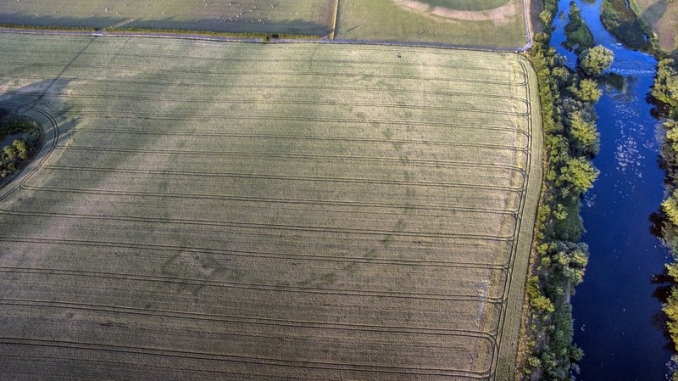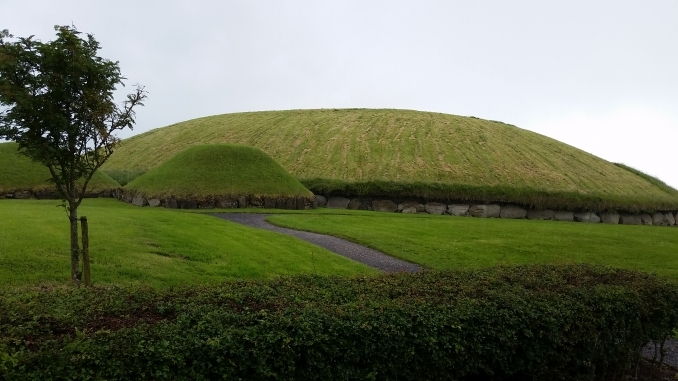Exceptional spell of dry weather in Ireland reveals ancient henge site
The recent heatwave in Ireland has played a vital role in the discovery of a possible ancient henge, or circular closure near to Newgrange. The Department of Culture, Heritage and the Gaeltacht have hailed the archaeological feature at the Brú na Bóinne World Heritage Site in County Meath as "a very significant find".
The drone that captured the image of the outline of the site, in the form of a crop mark, belongs to historian and author Anthony Murphy, who has been recording and writing about the Boyne Valley for many years. The exceptionally dry weather experienced in Ireland over recent weeks provided the conditions necessary for the site to be seen.
It is thought that the henge, which is estimated to measure up to 200 metres in diameter, could have been built some 500 years after Newgrange, which dates from 3,000 BC. The archaeological landscape within Brú na Bóinne is famous for the three well-known large passage tombs, Knowth, Newgrange and Dowth, built some 5,000 years ago in the Neolithic or Late Stone Age. However, an additional ninety monuments have so far been recorded in the area.







